It’s a mad LED world
Guangzhou, 26th November 2013
5 Five more to go…
I am counting down to my 1000th blog post! I would like to take this opportunity to ask all my readers to send in your wishes, comments and feedbacks on how you have experienced the blog, what you have learned from the blog, what you like about the blog, how it has helped you in your life and so on, it does not matter anything you would like to say; all things that that I will then feature in my 1000th blog as a thank you to all of you out there that have supported me and have taken the time to read my blog, some I know nearly every day. Thanks to those already reacted! Please let me hear more from you.
You have to give it to the Chinese…If there is any country where LED manufacturing is brought to another level it has to be China. I have avoided going to these LED “fairs” the last few years, but today I took the time to tour the LED Lighting Exhibition that runs parallel to the conference program and I have to say I am a bit overawed. With more than 200 companies present I was amazed about what was on offer…I guess probably more the quantity than the quality. Not so much the sophistication of professional lighting fixtures but more the raw/rough/crude lighting elements that produce lighting. LED T8/T5 versions galore, any form of incandescent and halogen lamp format in LED, high bay and street lights where the amount of light seem far more important than any form of comfort (what glare?), some interesting light panel applications and of course any sort of component you want, chips, heat sinks, it’s all there. Most seem to be interested in selling as OEM or ODM (Original Equipment or Original Design Manufacturers), all of them with the most beautiful company names, including Baby lighting and Cool lighting. Who wouldn’t want to buy from them…? 🙂
Interesting though is also the offer of automated machinery, tooling and testing equipment. That LED is big business is probably an understatement. Their catalogues are full of success stories, some of the big ones, like MLS (ranked only 4th biggest according to their write up) are claiming more than 7500 employees, 300,000 sq/m of production facilities and a staggering USD 1 billion revenue expected by next year (This year USD 700 million!). They produced more than 13 billion LEDs (Dip, SMD and High power LEDs) with a target of 20 billion next year! If that’s not about quantity I don’t know, on top of that they proudly trumpet all their national and international certifications like UL, CUL, CE, FCC, CCC, GS, RoHS, ISO…you name it. Who wouldn’t thrust them…? 🙂
Light Watch 4-203: Impressions from the exhibition
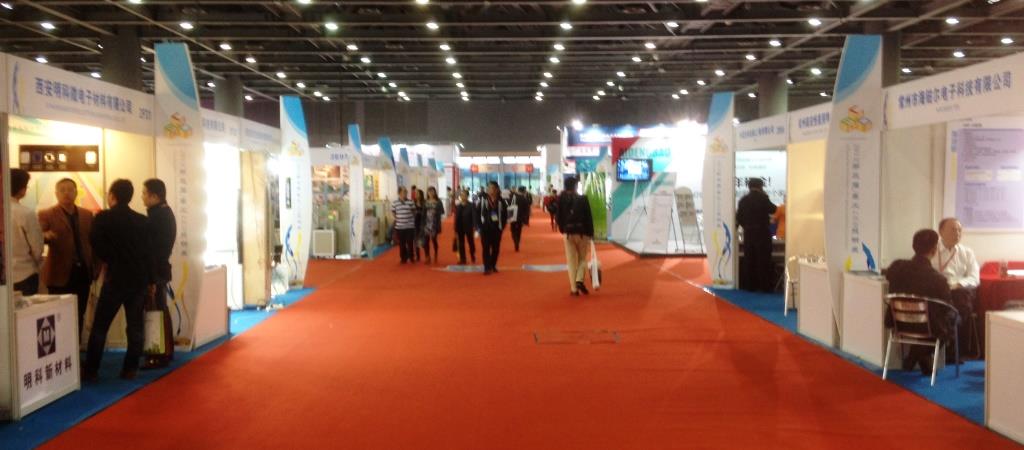
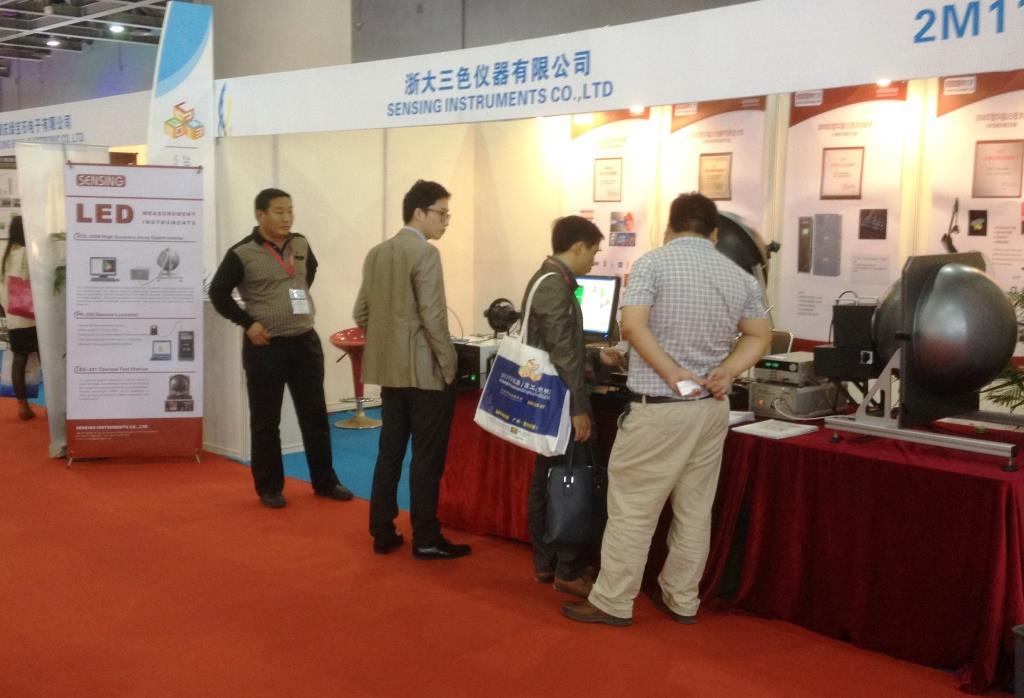


Amongst the cowboys…
Guangzhou, 25th November 2013
6 Six more to go…
I am counting down to my 1000th blog post! I would like to take this opportunity to ask all my readers to send in your wishes, comments and feedbacks on how you have experienced the blog, what you have learned from the blog, what you like about the blog, how it has helped you in your life and so on, it does not matter anything you would like to say; all things that that I will then feature in my 1000th blog as a thank you to all of you out there that have supported me and have taken the time to read my blog, some I know nearly every day. Let’s hear it from you.
These few days I will be in Guangzhou. Invited as a guest speaker at the 3rd Guangzhou International LED Lighting Exhibition, I thought the opportunity to address Chinese manufacturers directly, one of my greatest congregations of LED Cowboys, was an opportunity not to be missed. The event held over a few days at the famous Canton Fairgrounds includes exhibitors and conferences, all centred around LED lighting. The reason I took on the very commercial event as a speaker was to directly address those of whom I accuse of being LED Cowboys. With reportedly more than 6000 LED manufacturers in China alone, it is no surprise that many of “my Cowboys” are based in and around Guangdong province (Guangzhou-Shenzhen area).
My address was attended purely by manufacturers and potential LED buyers and hence everything centred on markets (such as US, Europe, Middle East) and the potentials and restrictions of each market. I was probably the odd one out with my Cowboy story (an abbreviated version of what I presented in Copenhagen), but from the immediate reaction from the attendants, my challenge towards a more transparent and information sharing platform between manufacturers/ suppliers on one side and designers/ specifiers on the other side drew much approval and positive reactions. It seems everybody wants to do better and everyone seems to underscore the importance to honour the qualities of LED lighting with honest quality and performance data representation. My presentation was translated word for word in Chinese, and many of the local LED manufacturers came to see me afterwards with understanding and promise to do better. I will follow up tomorrow and visit their booths to reiterate my points and ask their help in improving the quality of LED for the benefit of all and not just for a quick short term profit!…More to follow
Light Watch 4-202: My arrival by cab and my presentation, followed by handing my book to the organiser as an encouragement and thank you…

The heritage lightbulb
Perth, 22nd November 2013
7 Seven more to go…
I am counting down to my 1000th blog post! I would like to take this opportunity to ask all my readers to send in your wishes, comments and feedbacks on how you have experienced the blog, what you have learned from the blog, what you like about the blog, how it has helped you in your life and so on, it does not matter anything you would like to say; all things that that I will then feature in my 1000th blog as a thank you to all of you out there that have supported me and have taken the time to read my blog, some I know nearly every day. Let’s hear it from you.
As we move into the new age of LED technology I keep wondering if the new LED technology is not hijacking our heritage in the process. We keep saying that we need to consider our heritage and several of my projects, notably here in Perth, are subject to stringent heritage protection and our lighting designs subject to approval by heritage councils…there are several. Not only institutions like the National Trust or the Heritage Council, individual townships like the City of Perth and the City of Fremantle have their own Heritage Board as well.
The part that interests me is that no-one seems to care whether we should maintain the good old, dare I say “heritage” incandescent light bulb. By now I think we should classify the incandescent light bulb as a part of our heritage, don’t you think? If we don’t preserve it may well be extinct soon! There are drives to protect our architectural heritage, to preserve our natural habitat, specifically rare animal or plant species. So why not preserve and conserve our soon to be very rare incandescent light bulb?
I am proposing to break a lance for the preservation of the incandescent light bulb as we still know it in heritage projects. Even more I would like heritage councils and boards to consider potentially banning the new LED lighting technology, certainly for some highly authentic heritage sites. To me part of conserving our heritage is also conserving our heritage light bulb! Let’s think about this!
Light Watch 4-201: His Majesty’s Theatre in Perth is an old icon of the past. Soon to celebrate its 110 years of existence, it still exuberates the architectural grandness of its past. They don’t make them like that anymore. Today I was on site to discuss the implementation of our lighting plan and again was awed by the heritage feel which included original incandescent light bulbs!
Lighting the Olympics
Perth, 21st November 2013
8 Eight more to go…
I am counting down to my 1000th blog post! I would like to take this opportunity to ask all my readers to send in your wishes, comments and feedbacks on how you have experienced the blog, what you have learned from the blog, what you like about the blog, how it has helped you in your life and so on, it does not matter anything you would like to say; all things that that I will then feature in my 1000th blog as a thank you to all of you out there that have supported me and have taken the time to read my blog, some I know nearly every day. Let’s hear it from you.
Today the IES of ANZ/WA was hosting a talk called Stadium Lighting presented by David Lewis, but it would have been far more attractive and exciting if it had been called Lighting for the Olympics. David and I go back more than 25 years when we (both at Philips at the time) travelled Asia educating staff and clients about the benefits of better lighting. We lost touch after I left Philips in 91 and though we both kept an eye on each-others careers we had not managed to catch up until today. David had always been active in sports lighting during his Philips time and when he got a chance call in the late 90’s to help out with the 2000 Sydney Games an opportunity was born and he never looked back.
Listening to his presentation was fascinating as it is a highly specialised world of lighting design and even though with all my experience I am pretty sure I could do a pretty good job too it was really interesting to see and hear about all these peripheral lighting issues that are so highly linked with top of the class lighting design, which is what is needed for the Olympics. As David said this is one of the very few applications that we do design for lux meters and more particularly for high definition TV cameras. It’s all about getting it right for the perfect shot, with audiences in the stands really being second priority.
TV applications like ultra-slow motion replays with nowadays up to 1000 frames per second I believe I heard him say, has brought issues to the fore such as flickering (power frequency of the lights); which now has resulted in the so-called flicker factor. The obvious issues like uniformity (HDTV!), glare control, material surfaces (reflections!) such as ice skating rinks are all worked out in relation to camera positions. And while we used to have only a handful of cameras in the past, having 15-20 camera’s for a single sport today is common including movable track cameras and overhead “flying” cameras.
It is therefore not surprising that this asks a lot from the lighting designer and David has over the years profiled himself as the leading lighting expert in this type of lighting design. Well done!
Light Watch 4-200: The IES night in pictures…
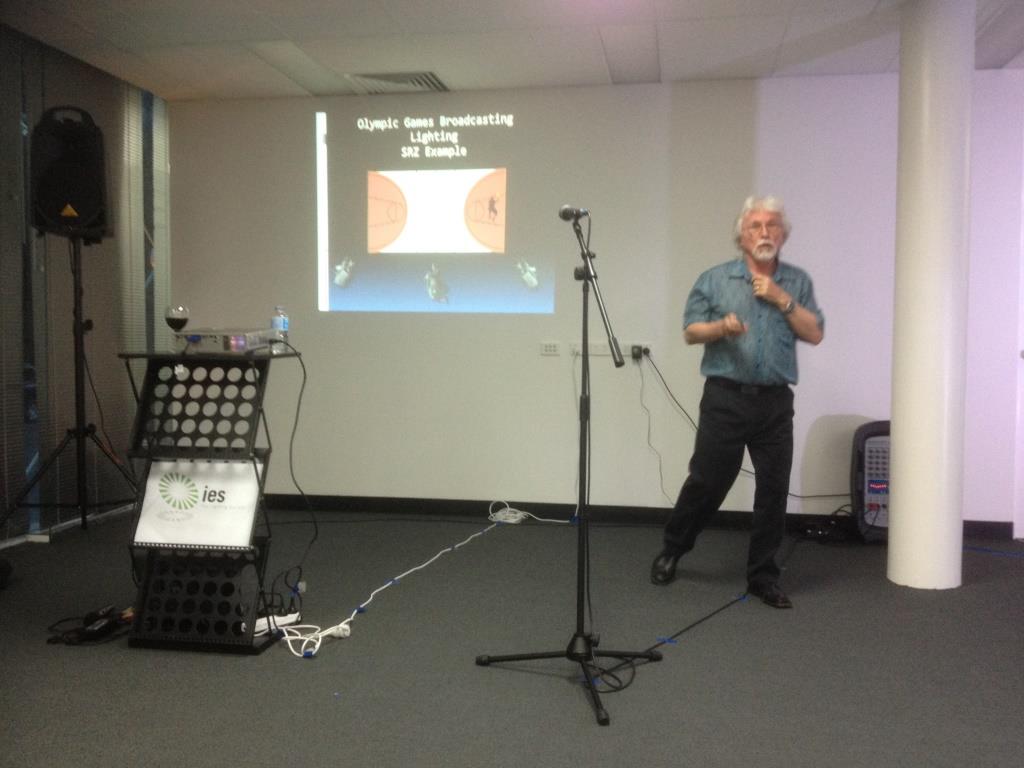
Public scrutiny
Perth, 20th November 2013
9 Nine more to go…
I am counting down to my 1000th blog post! I would like to take this opportunity to ask all my readers to send in your wishes, comments and feedbacks on how you have experienced the blog, what you have learned from the blog, what you like about the blog, how it has helped you in your life and so on, it does not matter anything you would like to say; all things that that I will then feature in my 1000th blog as a thank you to all of you out there that have supported me and have taken the time to read my blog, some I know nearly every day. Let’s hear it from you.
While many people like to poke fun wishing me happy holidays when I go back to work in Perth, it has been quite the contrary. Yes I take some time out to spent with my kids, who I obviously don’t see that much when I am up in Singapore or travelling the world, but otherwise it is pretty full on with the projects we have on the board. Not the same magnitude as we have in Asia, but definitely of a much higher level of quality and need for attention. The difference here being that project implementation is subject to far more rules and regulations and when you have projects that involve community or tax payer money, the scrutiny is even higher. Add to that the social pressure for every government, whether federal, state, shire or city, to be seen as contributing to our environment by being “sustainable” and you have a recipe for tedious and long winding design processes. In my meetings this morning I found out that even though we are now appointed to do the design work, there is no guarantee that the project will actually see the daylight (to use a metaphor). Step one of our design process will be to submit our design to a heritage council to make sure we do not impede on the heritage fabric of the site and step two will be to submit our proposed design to a “sustainability” committee of sorts who will assess whether our design will pass the cities sustainability guidelines…public scrutiny is high in Australia…
Light Watch 4-199: Tonight I had dinner with my kids at one of my favourite beachfront restaurants…we have some beautiful and inspirational sunsets in Western Australia…the combination of colours, brightness and lighting followed by the slow incoming darkness is something that even non lighting designers mesmerise at…
Milestones
Perth, 19th November 2013
10 Ten more to go…
From today onwards I am counting down to my 1000th blog post! Can you believe it! It has been quite a journey that started way back in 2009. I would like to take this opportunity to ask all my readers to sent in your wishes, comments and feedbacks on how you have experienced the blog, what you have learned from the blog, what you like about the blog, how it has helped you in your life and so on, it does not matter anything you would like to say; all things that I will then feature in my 1000th blog as a thank you to all of you out there that have supported me and have taken the time to read my blog, some I know nearly every day. Let’s hear it from you.
As it happens today was also a day of milestones. First of all it is my son’s birthday (Happy Birthday Ingmar!), secondly I had hefty discussions with one of my project clients about project milestones and more precisely the tender process. Setting out a time schedule is one thing, but making sure everyone follows in line is another one. What most people who create time schedules seem to forget or include is the time it takes to coordinate and approve the design and specifications. Origin of today’s discussion was the fact that I had reacted on a preliminary drawing issue intended for tender. The reason I had reacted (as was requested by the issuer, being the lead designer) was that here were clearly some coordination issues (I looked at lighting only) not being properly referenced and detailed in the drawings. Normal procedure; I comment and reply with any missing info which is then integrated in the final issue. My feedback however was seen as still being in design stage, which of course was not the case, I had just sketched up what needed still to be included as missing info.
The point being that the client was under the impression that all the final tender document was being issued while we were actually in the midst of doing the final coordination. Coordination is not something that happens simultaneously, it is often a step by step process or integration, checking and approving…that takes time. Issuing milestone dates therefore need to be realistic taking all these difficult to quantify times into consideration.
Light Watch 4-198: Many projects can be regarded as mile stones in one way or another. Cities from the older days were mostly built with stones as modern building materials did not exist. Venice is such old city and a report about some new lighting in Venice recently caught my eye…
Lighting design style
Perth, 18th November 2013
Some people don’t understand that you need a light to create lighting. Today I had a minor communication with one of my clients who told me he did not really wanted to see any lights, yet wanted the area to be lit…we get that from time to time. I know we are sometimes called lighting magicians, but I am not Chris Angel (from Mind Freak fame) who can make light appear or disappear out or into nothing. I wish I could… 🙂
While his statement is probably not meant to be that he wants no light, he just want the area to light up without being able to see any lights. Specifically because it is an outdoor area, the physical daytime appearance of any poles or floodlights is not appealing nor would be any poles with floodlights at night. I can fully sympathise with that and in fact our design approach is always centred on that principle.
I guess every lighting designers develops his or her own style and while principles may be largely the same the execution really seem to vary per individual. I have honed my skills over the last 30 odd years and while I am not necessarily aware of my “style”, one of my clients (one with whom I had not worked with or met for a long, long time) recently did make me (in-advertently) a big compliment by saying that when the lighting concept was presented to him he had recognised my style of design. I thought that was nice to hear.
While I am not sure how to describe my style, I do know that my guiding principle in lighting design is that I do not want to see the light, but the lighting effect it creates. In other words as much as possible I want the origin of the light to be concealed and the space to come alive with the light as if mysteriously appearing out of “nowhere”. Lighting points are to be as inconspicuous as possible, with the resulting lighting effect to integrate and harmonise as much as possible with its surrounding. As naturally as possible, to the extent that lighting is not really the focus of attention but the space is. Easier said then done…
Light Watch 4-197: Sometimes light can be all encompassing and we lose total visual control about space…we still don’t know where the light comes from though…
A day at the factory
Bangkok, 15th November 2013
Today was our day at the factory. Kindly organised by Ligman, our teams from KLD Singapore, Indonesia and India were invited for a full company briefing, tour of the facilities and product training, to have a better understanding of the companies capabilities and most of all the quality, quality control and serviceability of the products towards our projects. More and more we have the need to re-assure ourselves as lighting designers and specifiers that the products we are specifying or plan to specify potentially in future projects are coming from reputable companies, with the necessary know-how and technical team to support us in our projects throughout the world as needed. We have engaged and encouraged other manufacturers to do the same and over the past several years have similarly visited several manufacturers from different parts of the world. It gives us not only an insight but also the necessary confidence (or not!) in regards to a companies ability to serve us…our own due diligence so you want. I personally have been visiting factories for over 30 years now and can now easily tell from just looking at how a factory operates, how well they are organised and how clean (!) operations are. Most of the time there is a direct relation between factory quality control, level of organisation and cleanliness and the actual quality and sophistication of their products.
Ligman particularly have come a long way from being a follower, initially a me-too copy type of lighting producer (with all due respect), to gradually becoming a leading lighting manufacturer in their own right with top of the range quality control and measurement equipment including 3rd party certified approvals on all critical components of a lighting product. They have now clearly established themselves in the market as a reliable producer of light fittings at often competitive prices (for how long still?), reason enough for us to make this day at the factory worth our while with our KLD team.
Light Watch 4-195: At the same time this visit has offered us the opportunity to rekindle personal relations between the different KLD teams strengthening our bond and commitment to excellence in lighting design. It was a pity that our teams from China and Australia were not able to join to make this day complete. Herewith some shots from today’s showroom and factory visit.
PS: I did not miss the opportunity to present my PLDC – LED Cowboy story to all present including our host, who took my points to heart promising and committing themselves to better their support and information towards our team, thanks!
Who will survive?
Bangkok, 14th November 2013
After a whirlwind transit in Singapore I am in Bangkok for the rest of the week to undergo some product training with my design team. It does not happen often that I have about the whole team together from the various offices so we will enjoy the training as well as each-others presence! This is a rare occasion to bond as a team outside the pressures of everyday work. We leave the deadlines to the side for the next two days…
I took the occasion to meet up with some colleagues in the lighting and building industry and catch up on the latest in the world that concerns us. One of the things that I heard and that came as a shock to me, was the demise of one of the household names in the lighting industry. As I need to confirm the news officially I don’t want to name the company at this stage, but what I did take out of that news is that many of the traditional lighting manufacturers are facing this big battle with adopting the LED technology.
The company in question was one of the leading floodlighting companies in the world with top quality fixtures. However it seems they failed to anticipate the speed of LED technology developments and faced with lighting designs that hardly include any façade floodlighting anymore (who still does floodlighting???…yes I do, but many don’t!) now find the LED mountain insurmountable. It looks like a “Kodak” moment, a failure to anticipate the impact of the LED technology and still believing that the good old traditional ways of floodlighting will be able to weather the LED storm…As it turns out the LED storm is more like a typhoon with obviously a deadly force as it moves through lighting land!
Light Watch 4-195: The quality of light fittings is crucial, survival of the fittest. As I was having my dinner tonight a downpour started. On picture today showing the pouring rain on to a façade floodlight creating a curtain of splashing water amidst a halo of smoke from the water being boiled by the light fitting’s heat.
I will wait you
Shanghai, 13th November 2013
As I write my blog I am up in the air on my way back from Shanghai to Singapore.
Language is always a challenge when you travel and do projects with project teams from all over the world and while we always think of our challenges as to getting ourselves understood, spare a thought for your counter part or local project team member who is trying to communicate to you in his best possible ways. I have a lovely contact in Shanghai who is a project manager in two of my projects and while we can make ourselves understood generally both ways the translations or understandings are at times hilarious. We both take it in our good strides as in the end we both strive to make the project as successful as we can. Here are some examples:
-“I wait you be there”-
Now this can mean several things: “I will wait for you until you arrive” (likely) or “He will wait for me until I am there”. The problem being; is he already there or is he on the way? 🙂
-“luggage driver will give you handle”
This is a tough one…”The driver will help me with my luggage?” or “the driver will bring my luggage”. I don’t think he means that the driver will bring me a handle 🙂
-“Martin did we meet today?”
I think he wants to know whether we are supposed to meet today, I don’t think he is that far gone that he forgot whether we met or not 🙂
-“I will coming around before 9am to caught you”
A sweet attempt to let me know that he will pick me up at 9am
This is just a short summary of my last 24 hrs communicating with him. At least when we talk directly I can probe along the way to make sure I get it right. Likewise I spare a thought for him as he tries to decipher my English in comprehensible words and actions. We get along great, I love his efforts to communicate and I look forward to our newest project together!
Light Watch 4-194: As part of my presentation at PLDC I had some extracts from emails sent to me by Chinese manufacturers, here is a classic one:

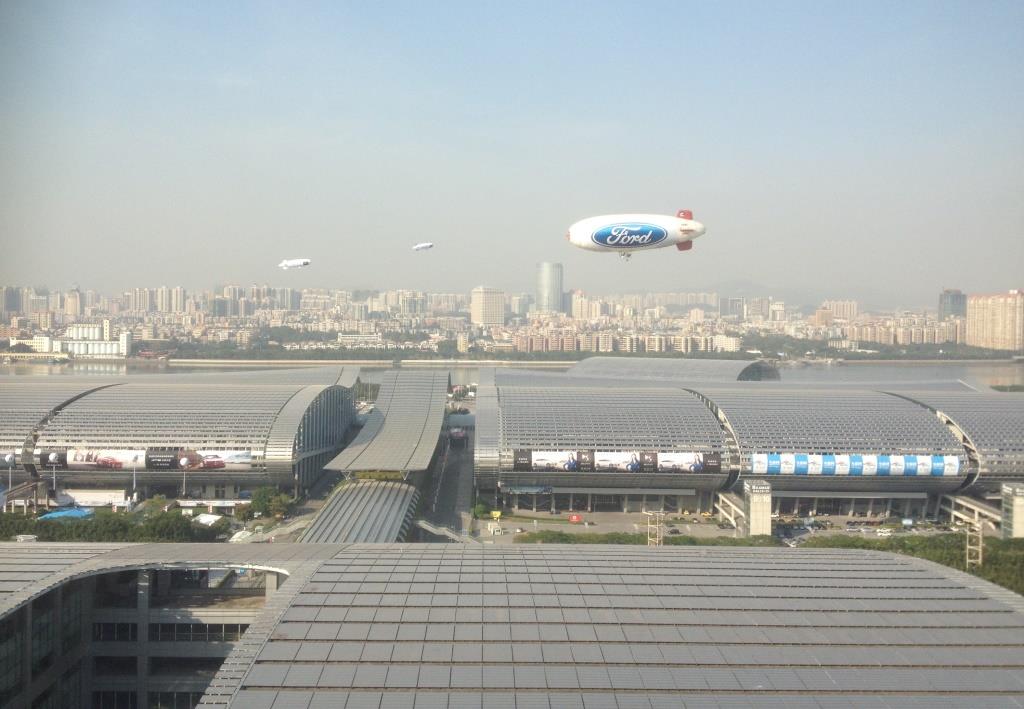

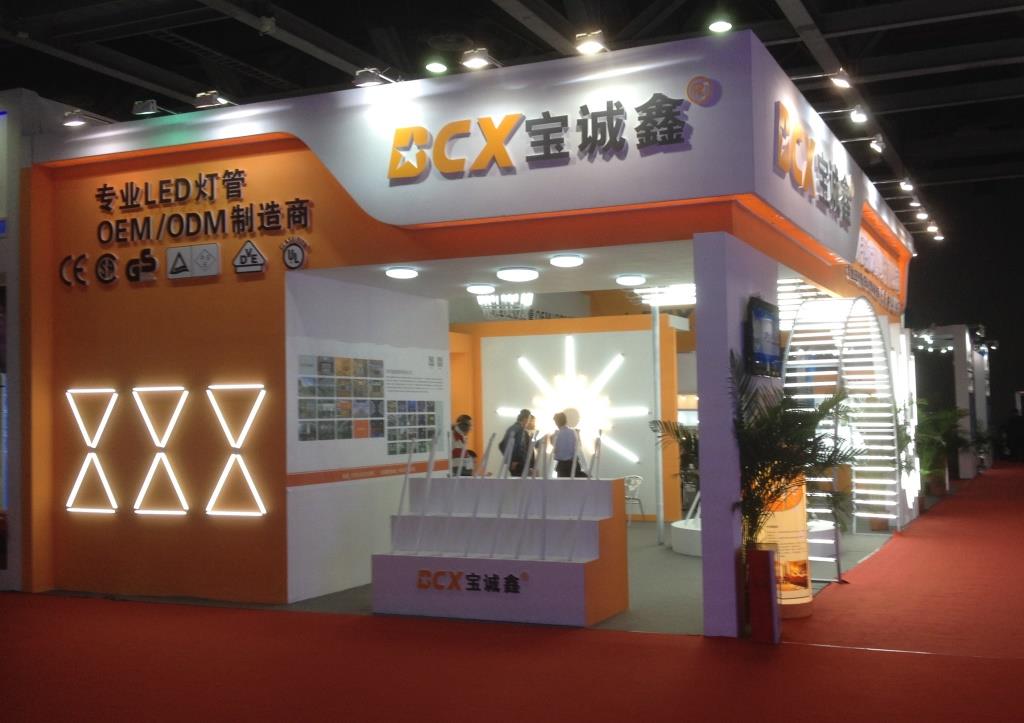
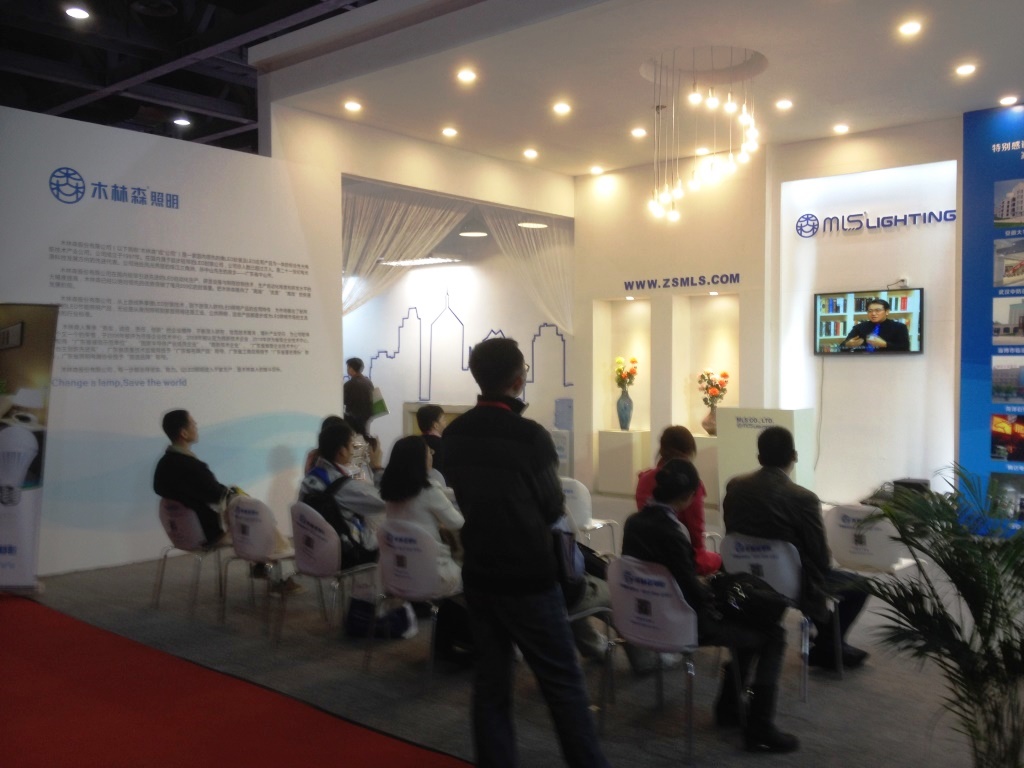

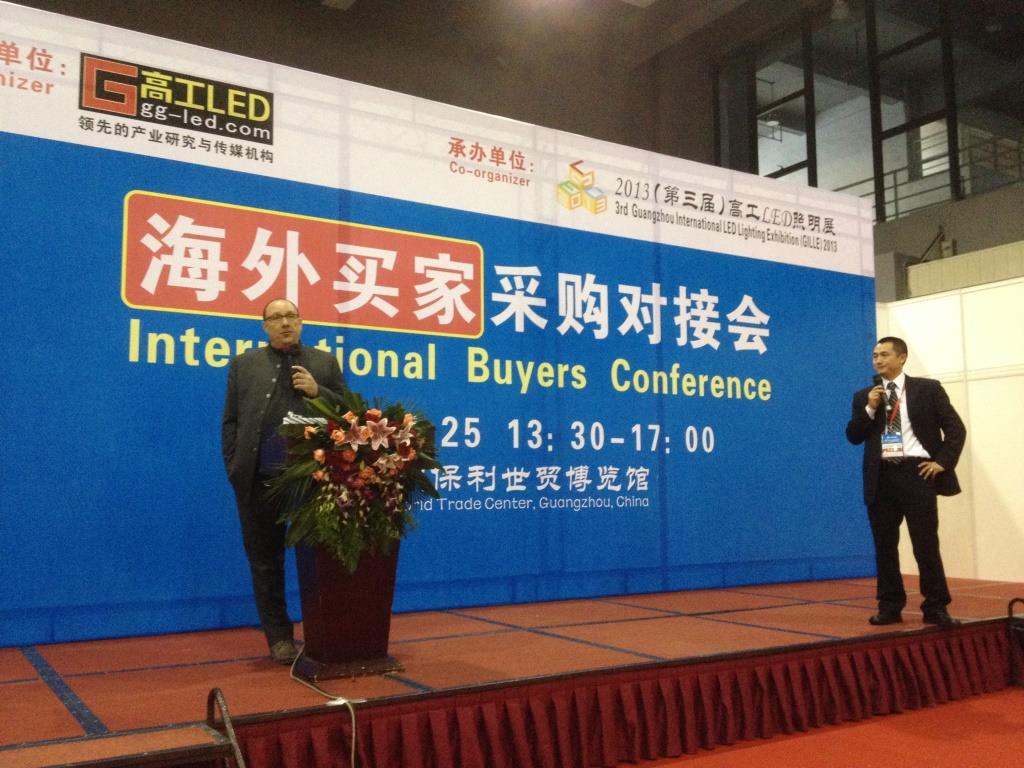
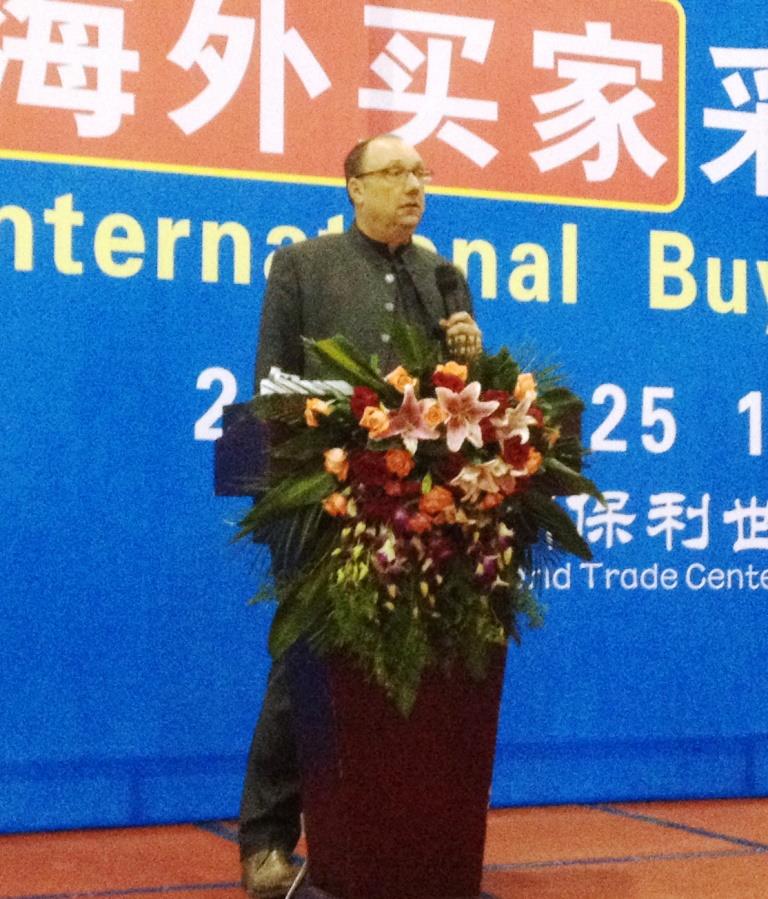
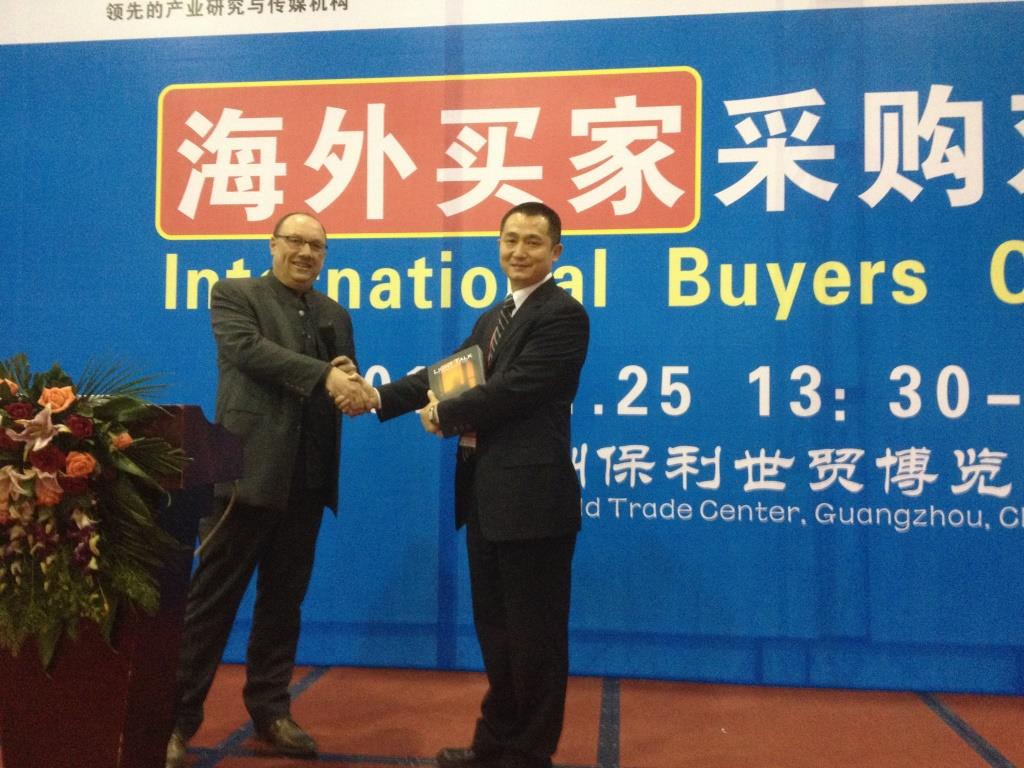


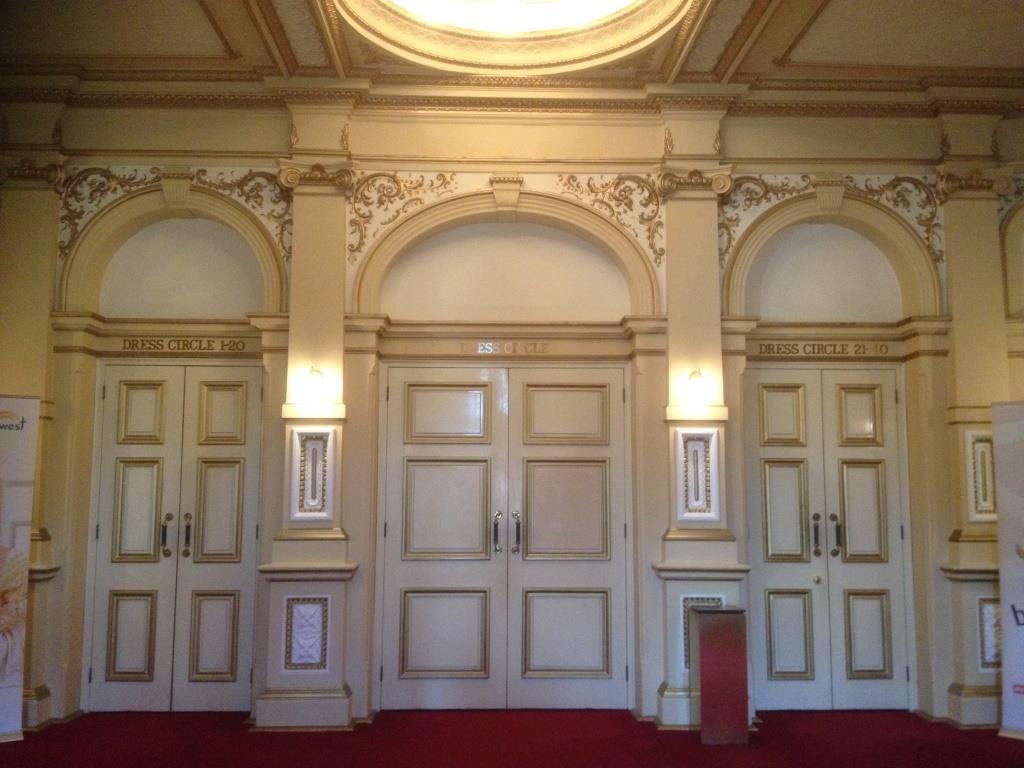


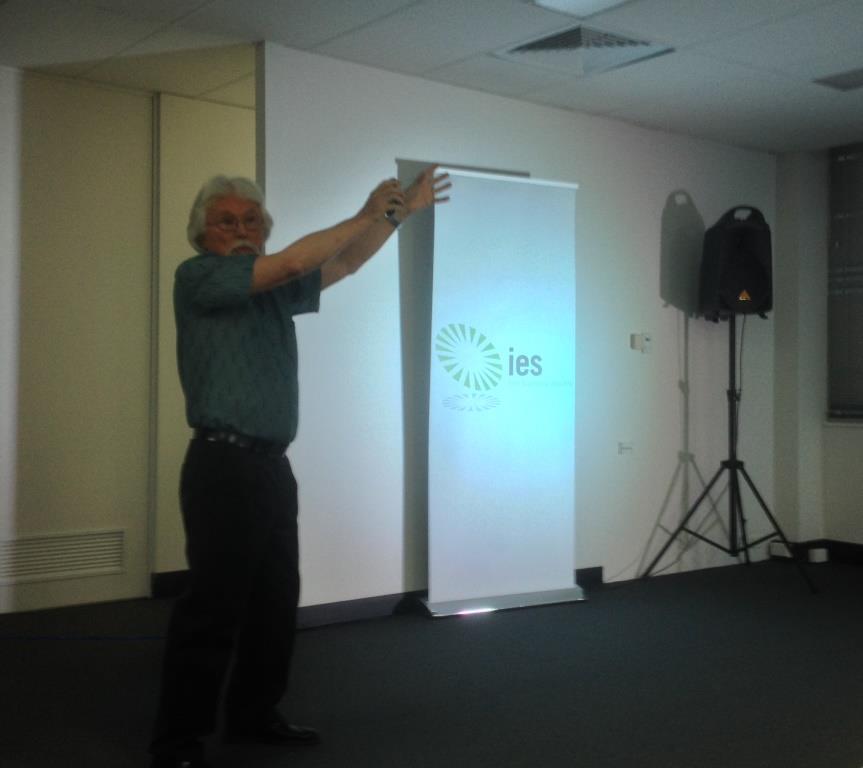
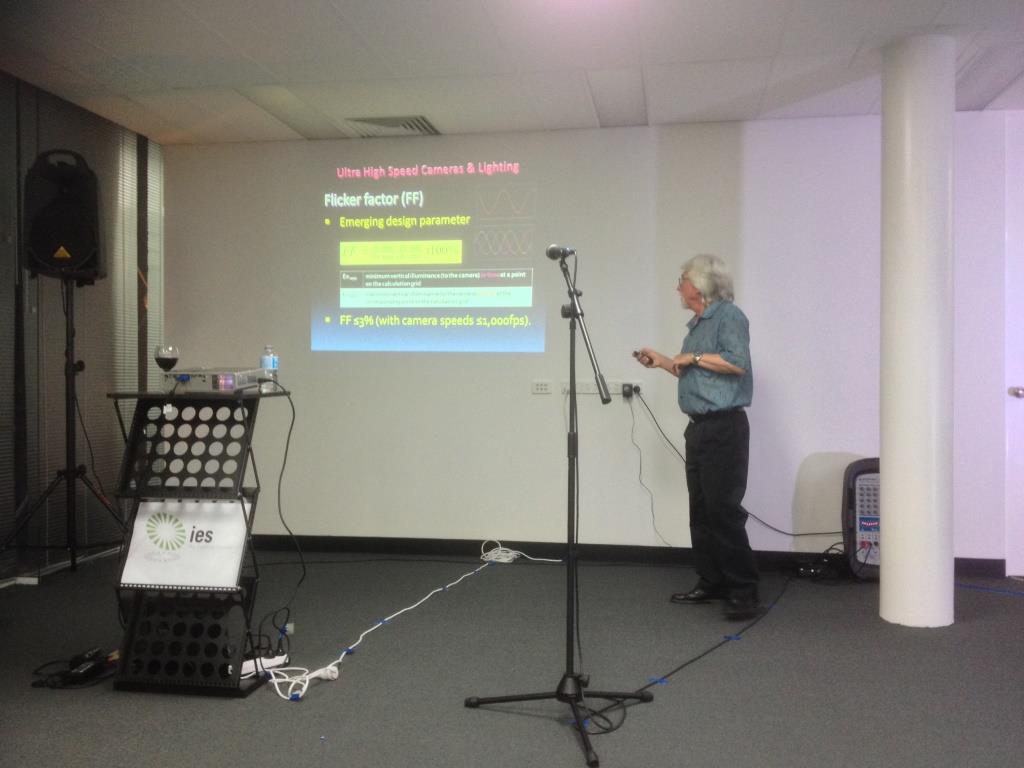
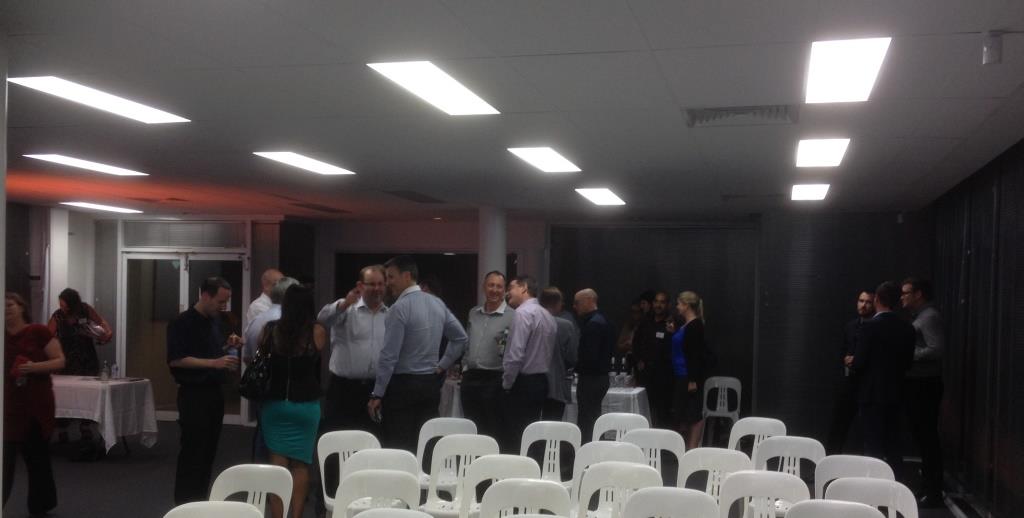
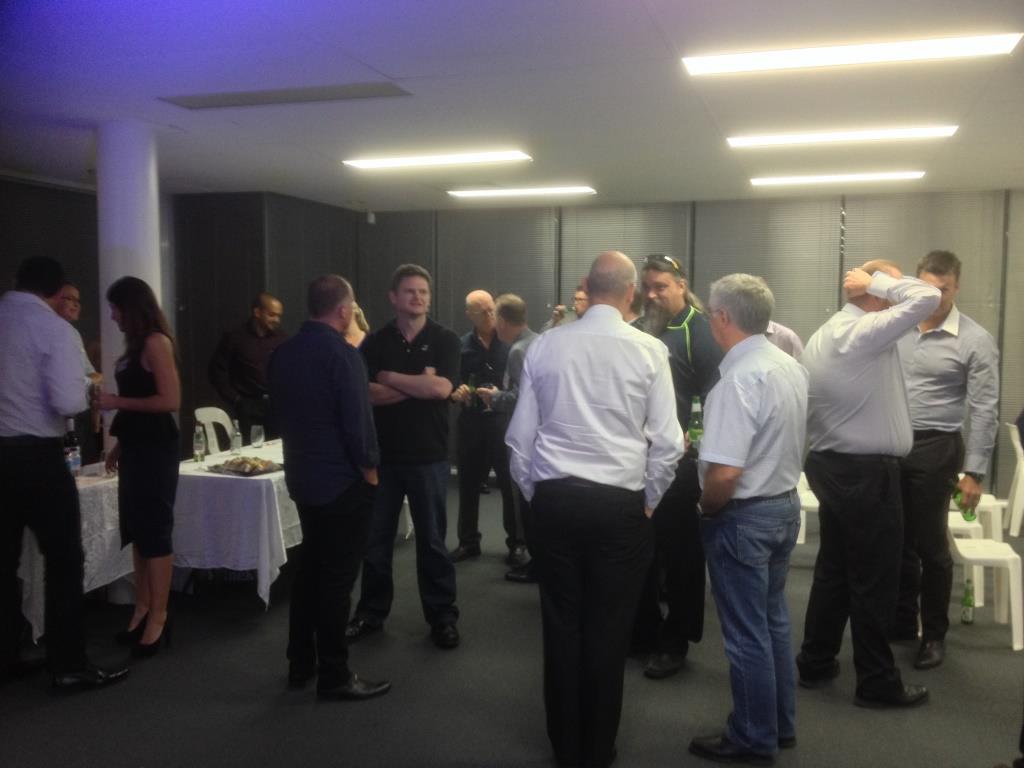



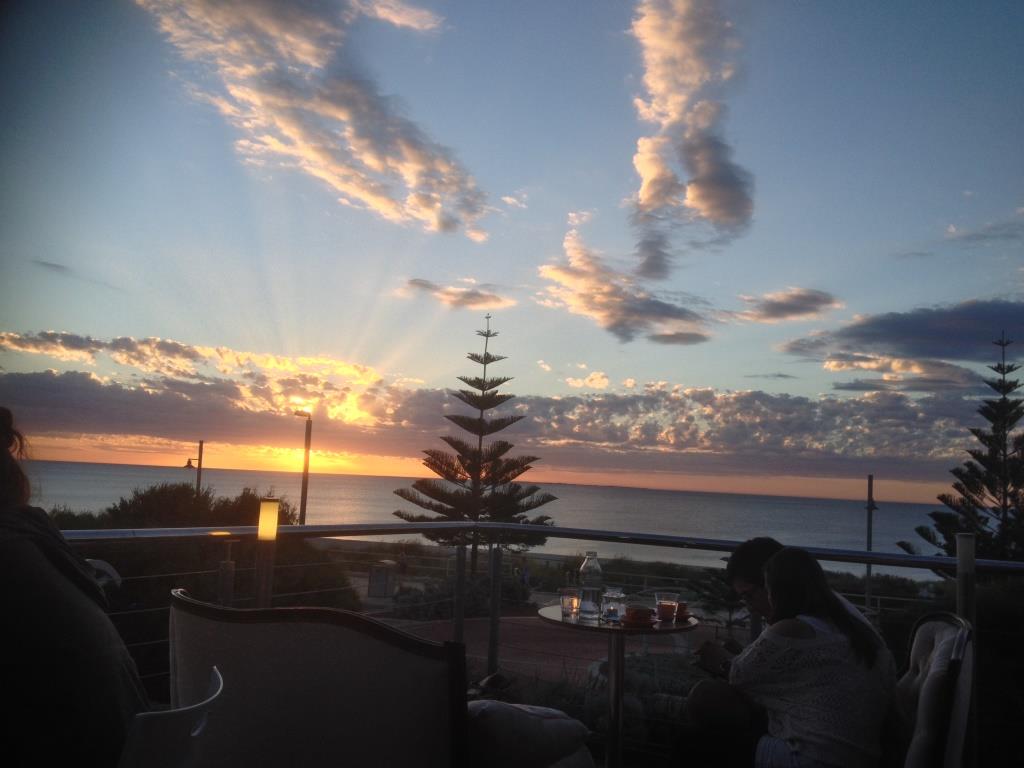
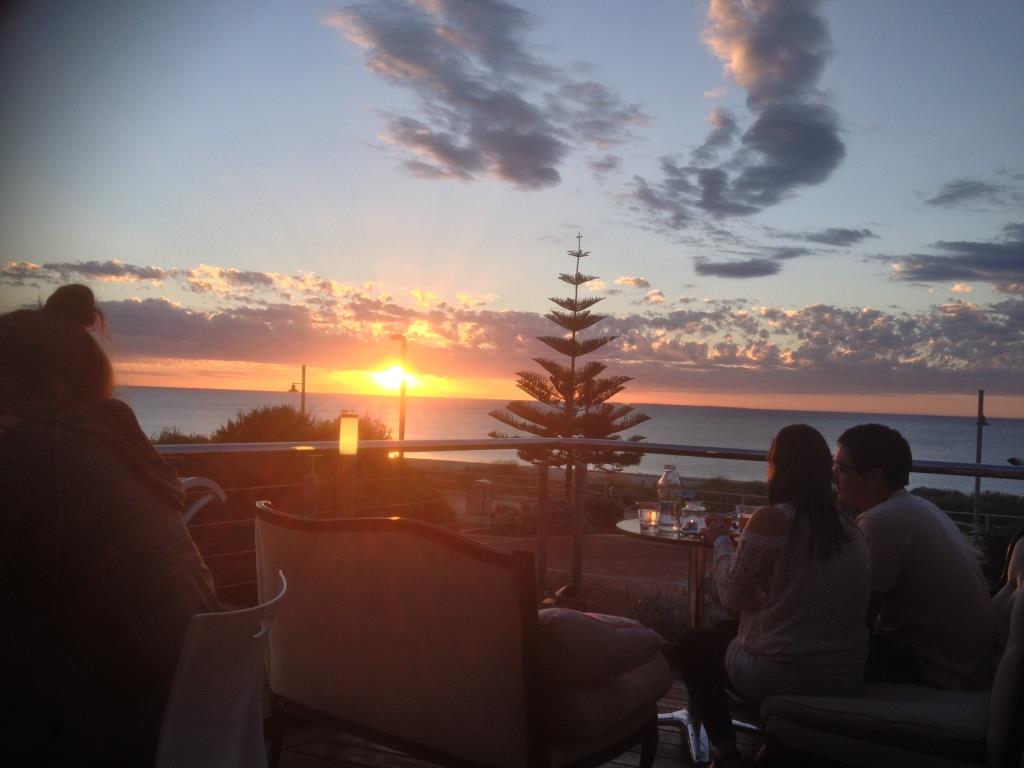
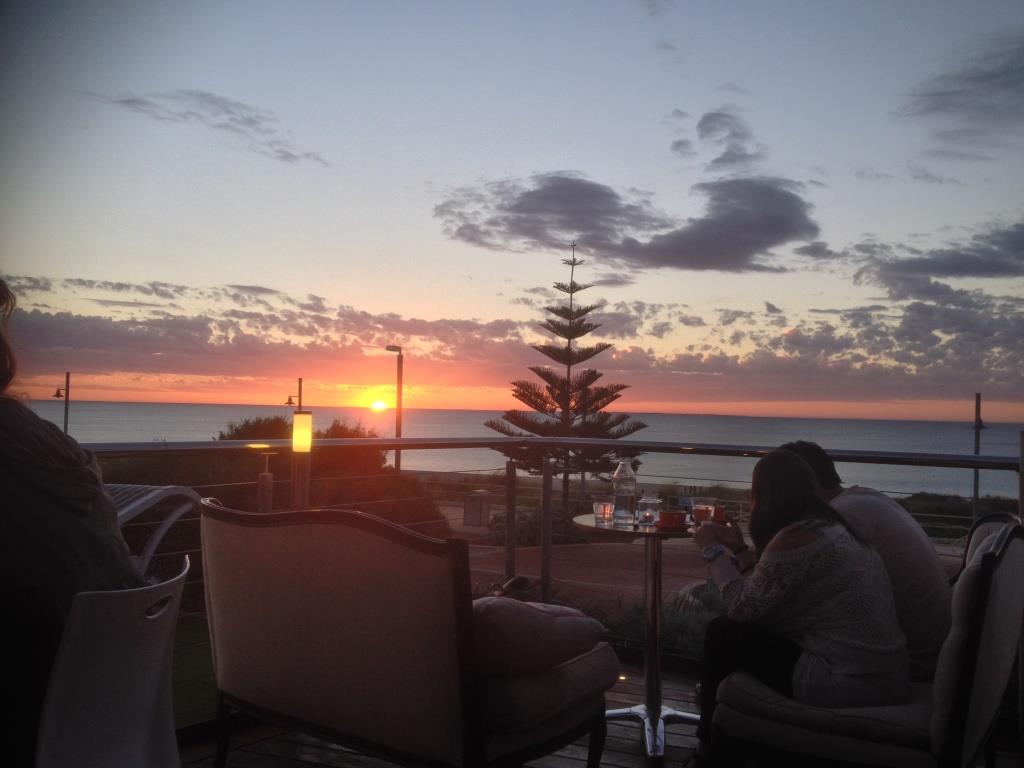

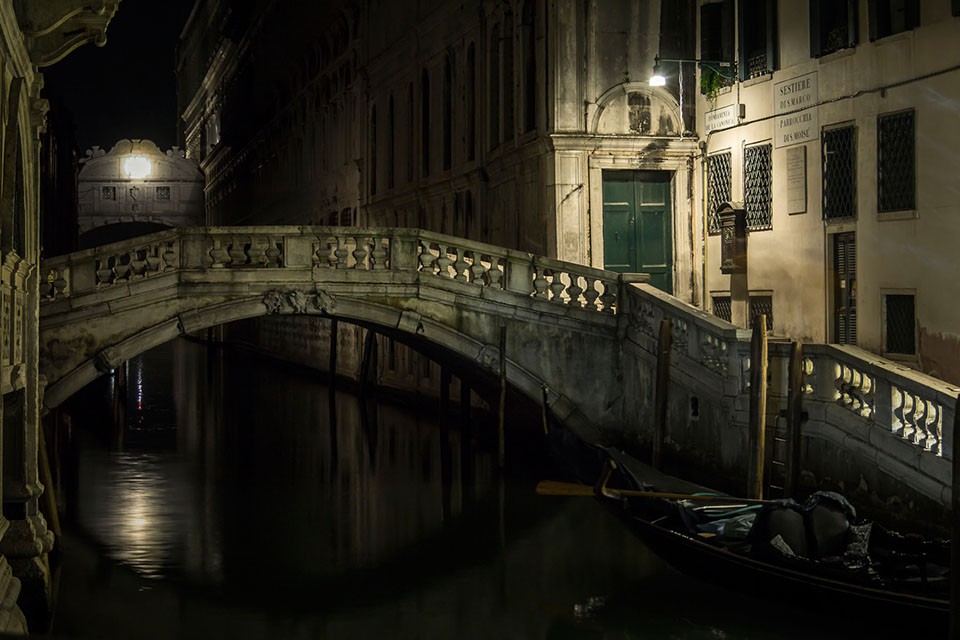
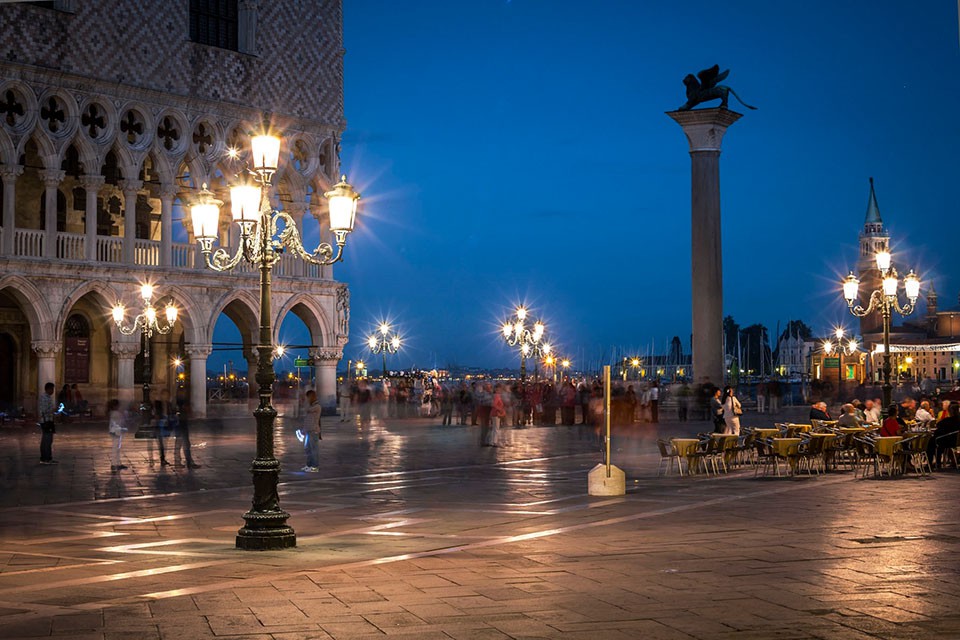
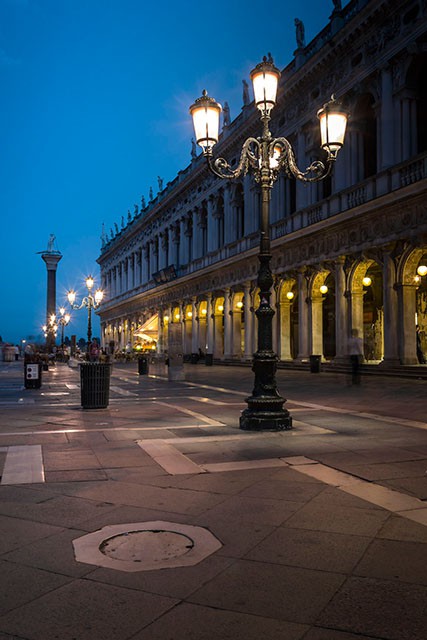


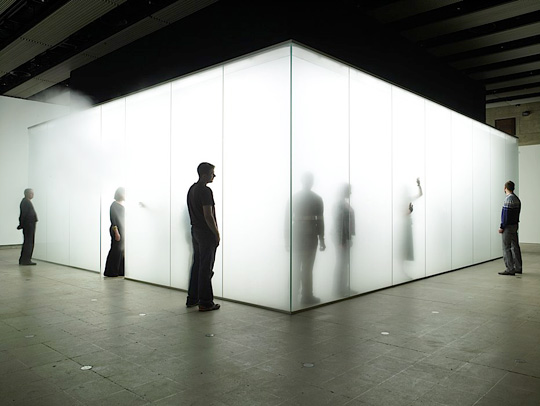

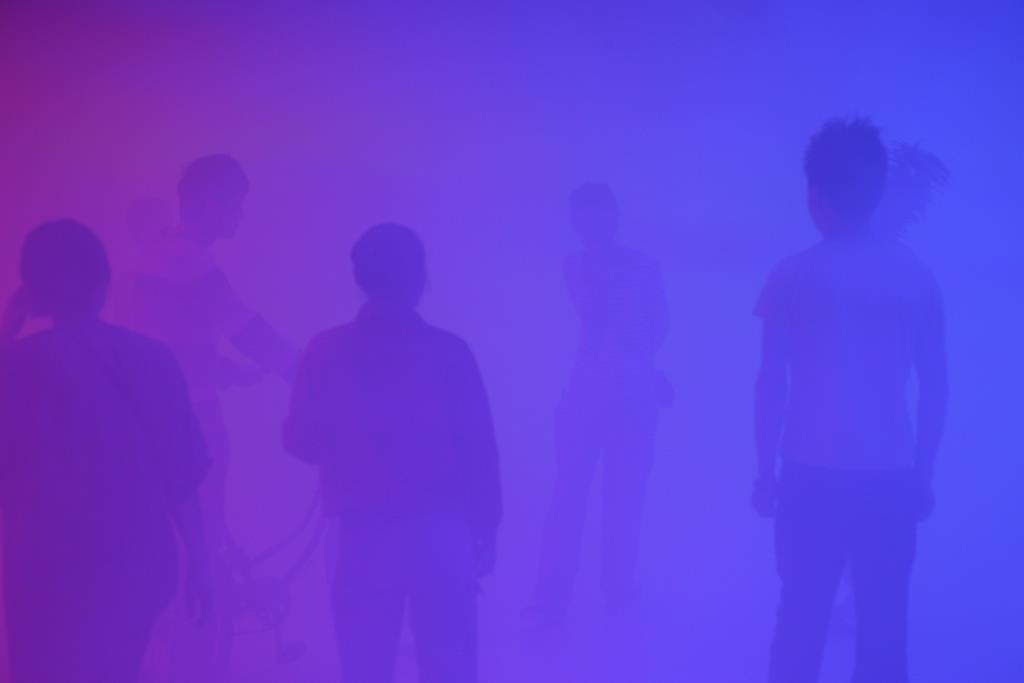
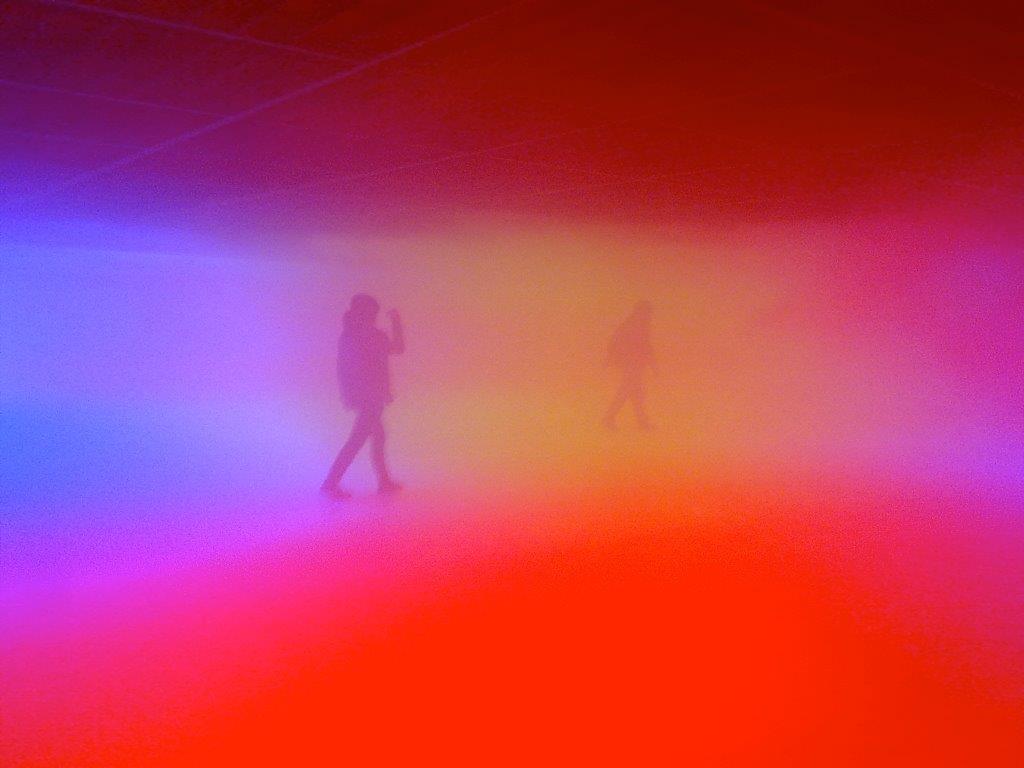

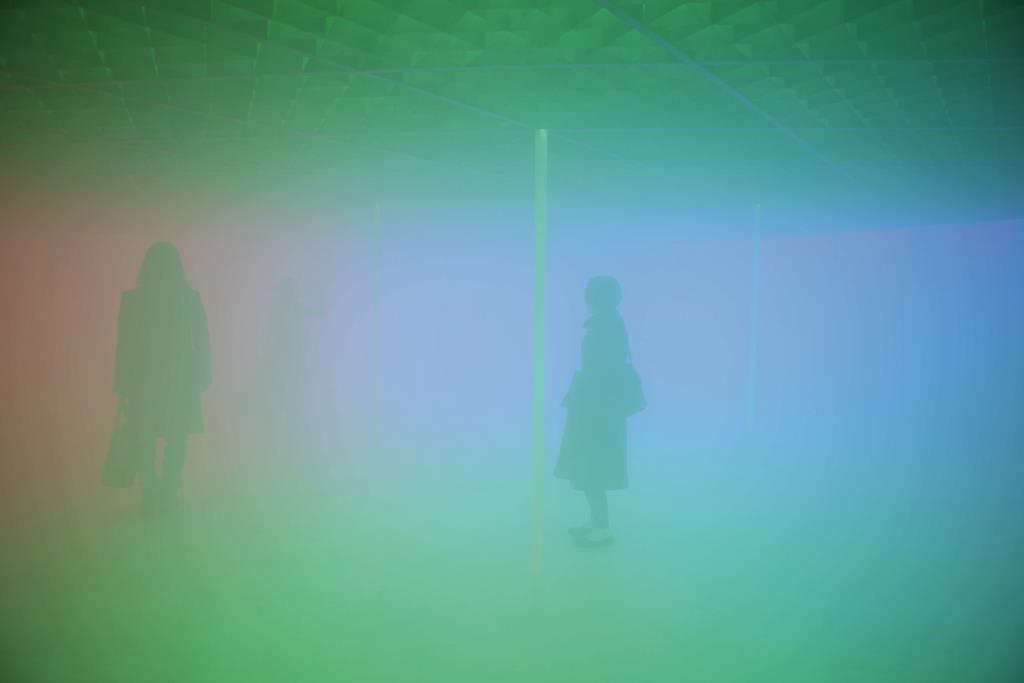
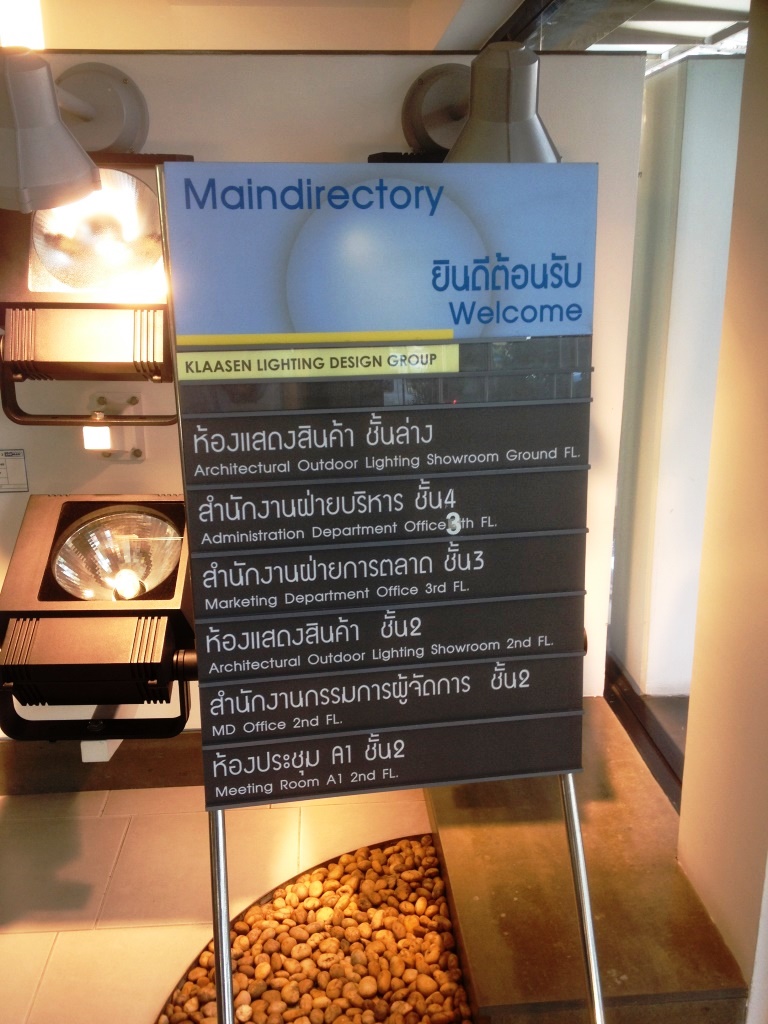
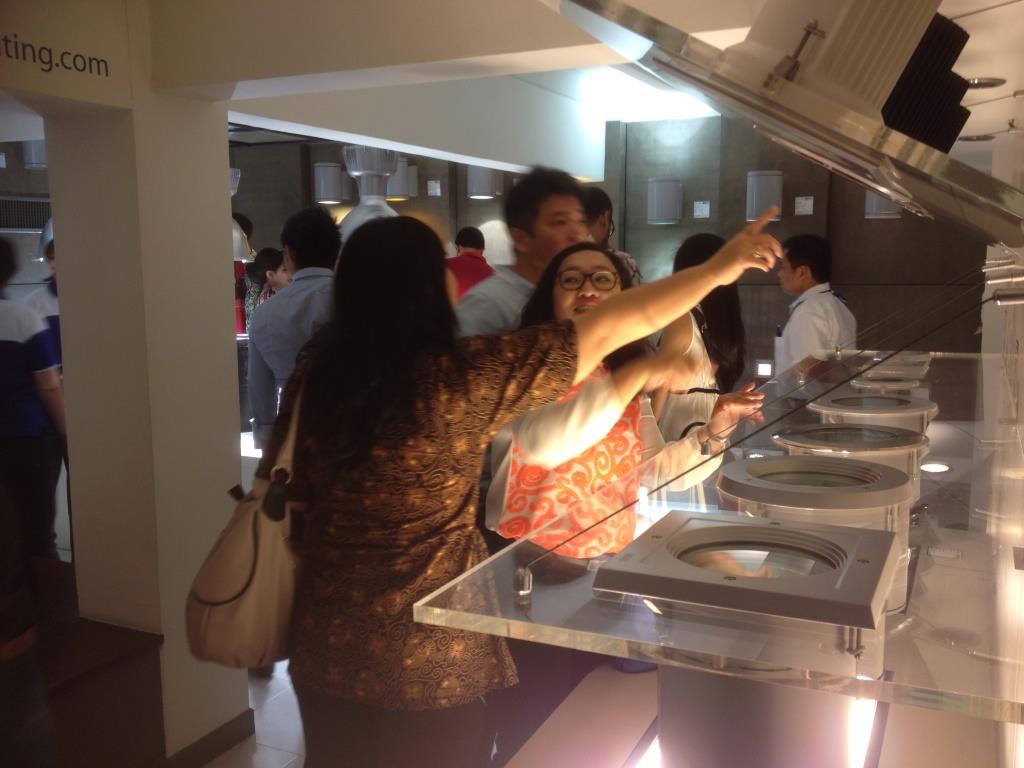
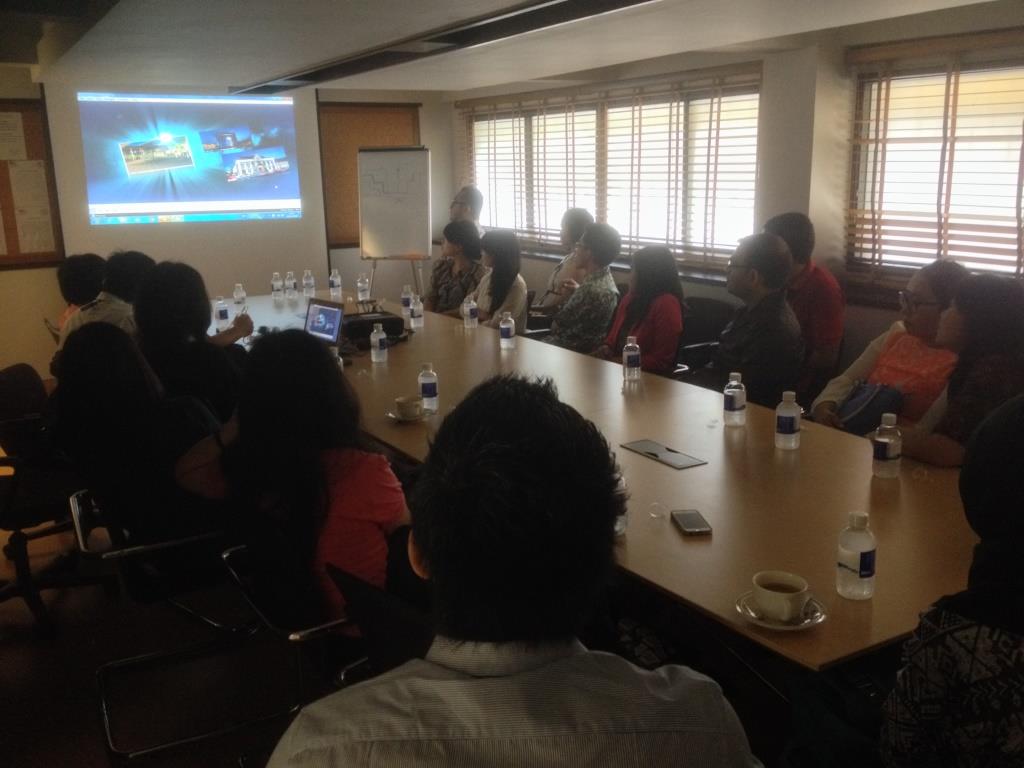
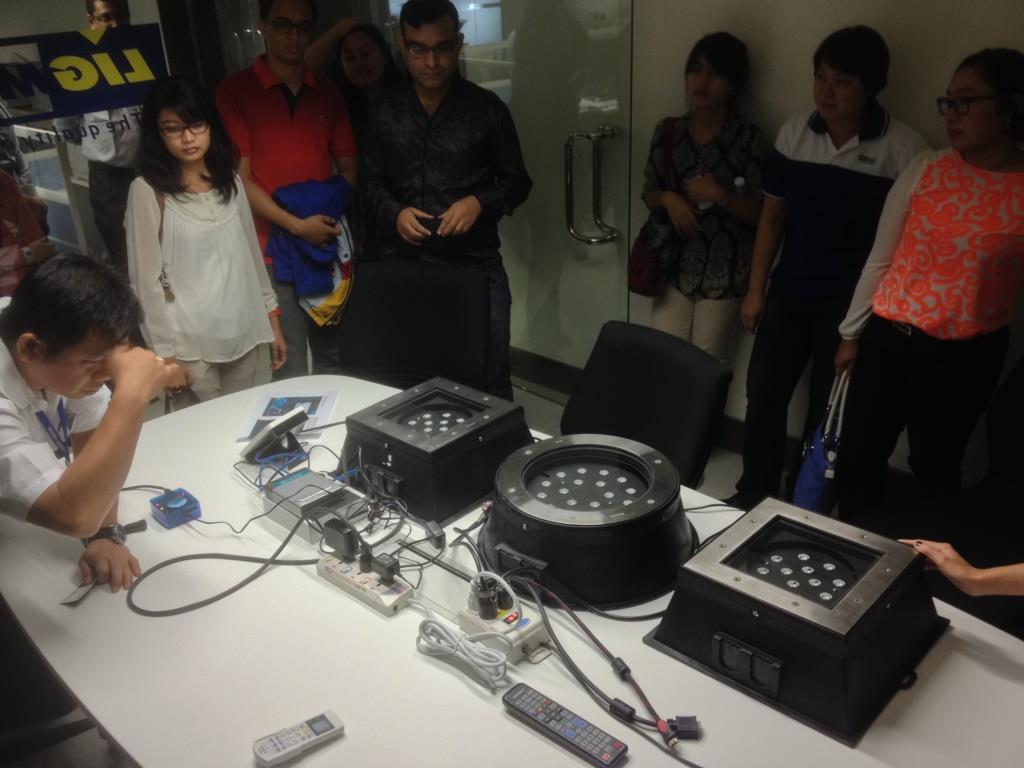
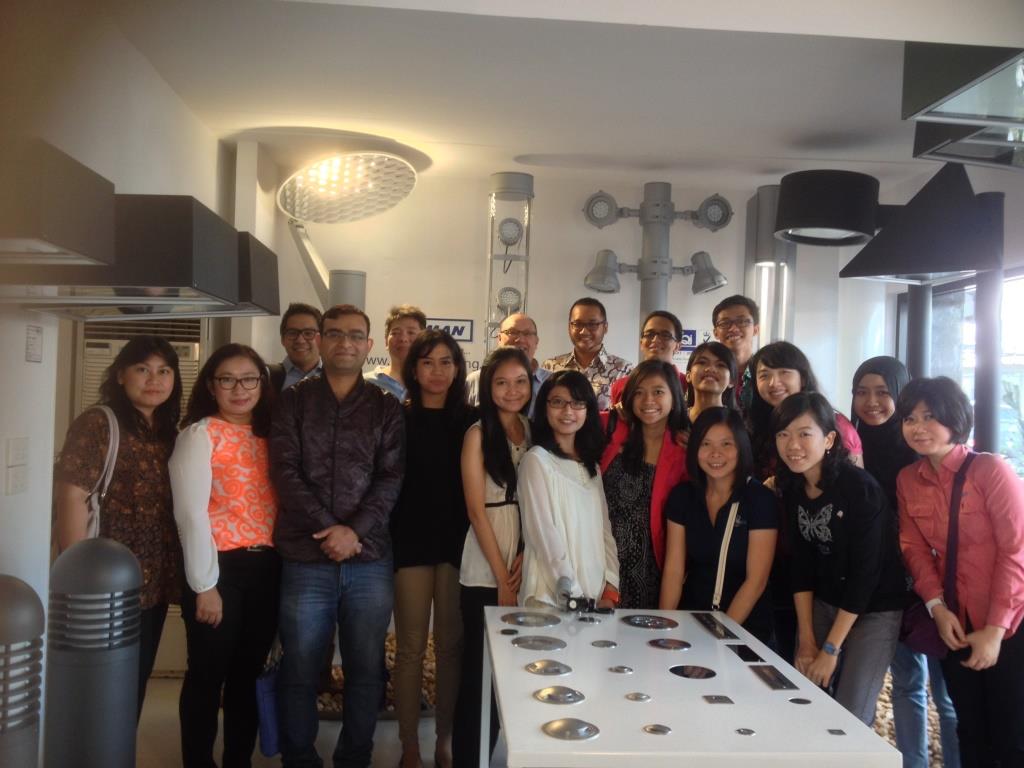
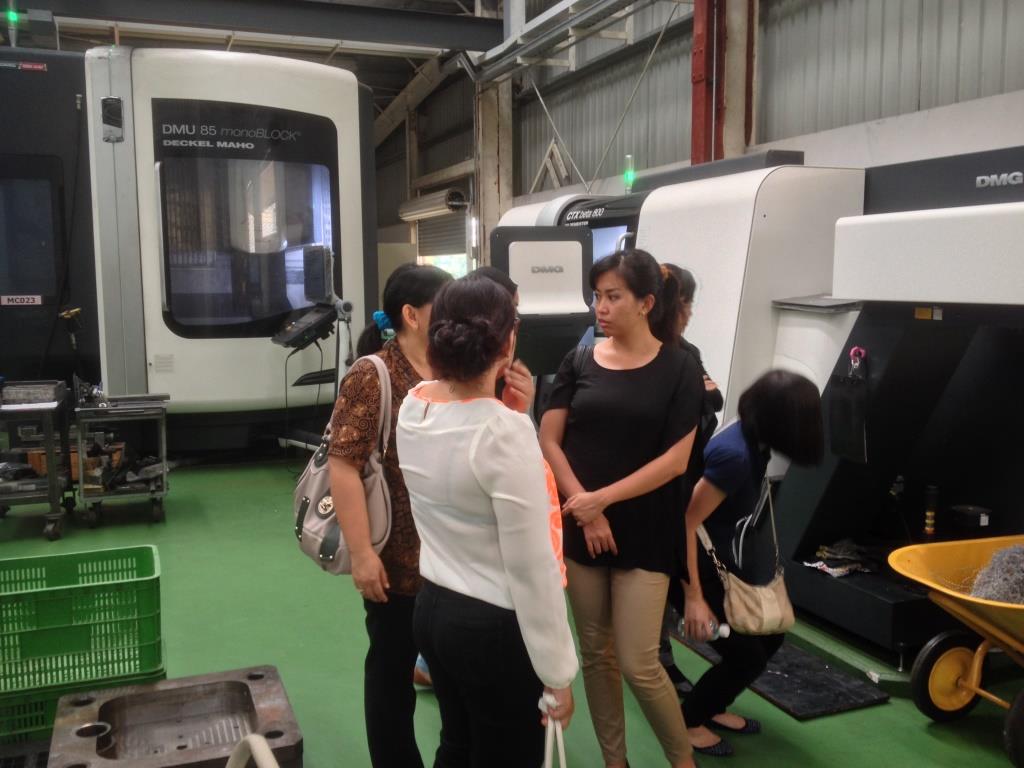
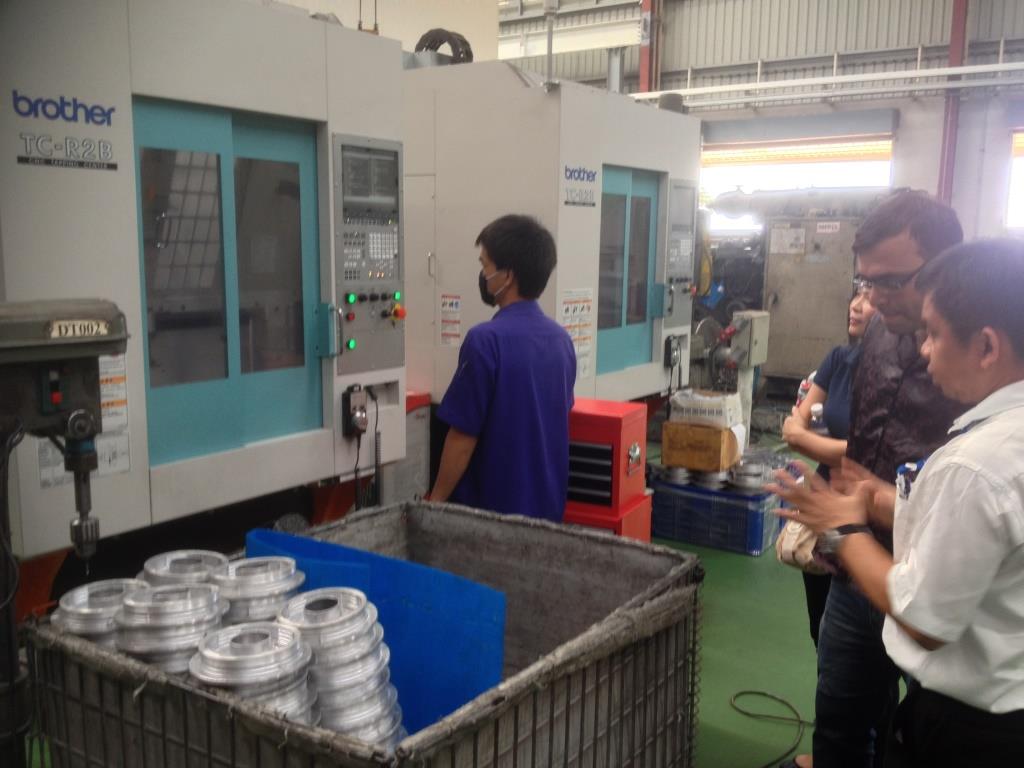
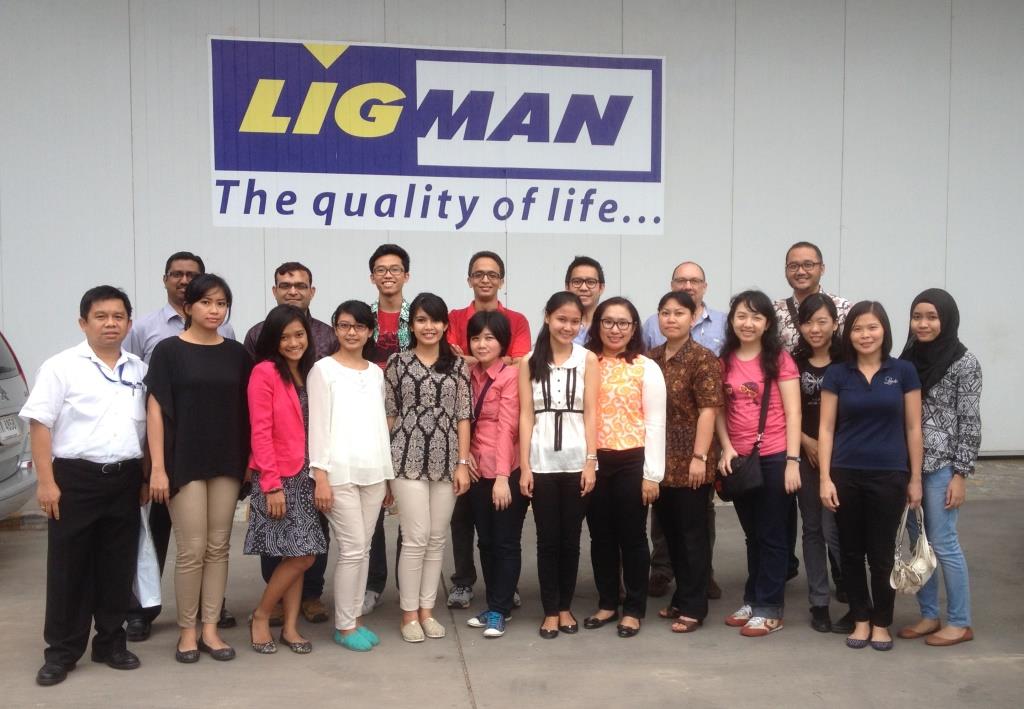
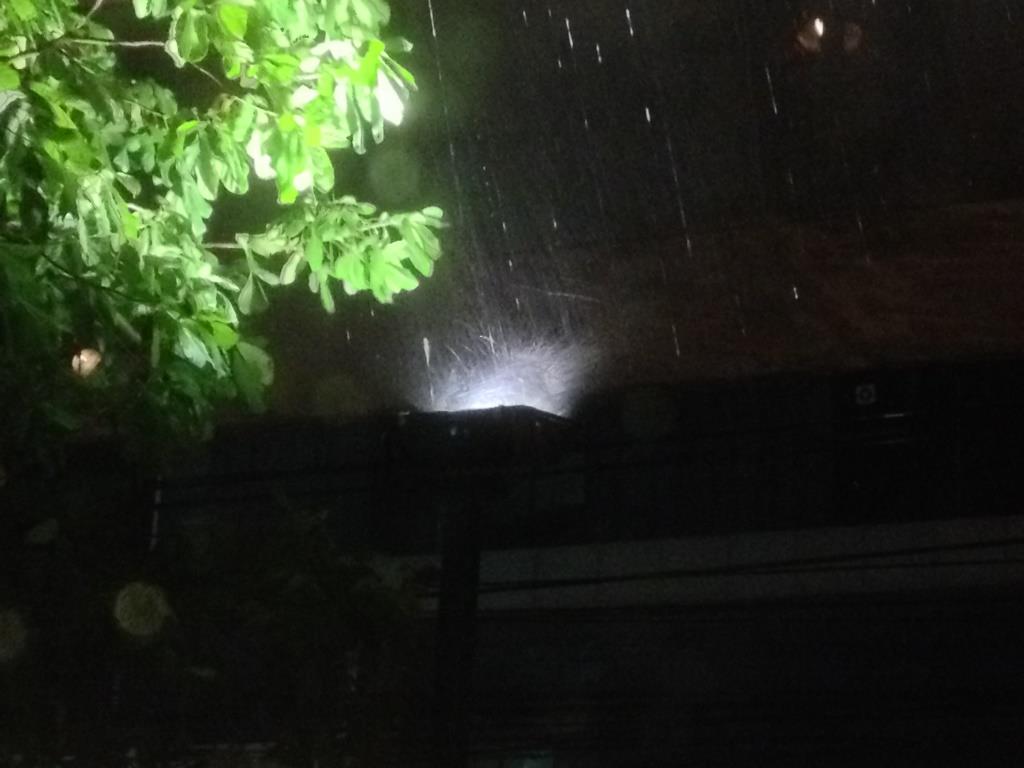

 The long awaited book compilation of Martin's first year of blogging is available. Order now.
The long awaited book compilation of Martin's first year of blogging is available. Order now. Feedspot Top 100 Lighting Blogs
Feedspot Top 100 Lighting Blogs